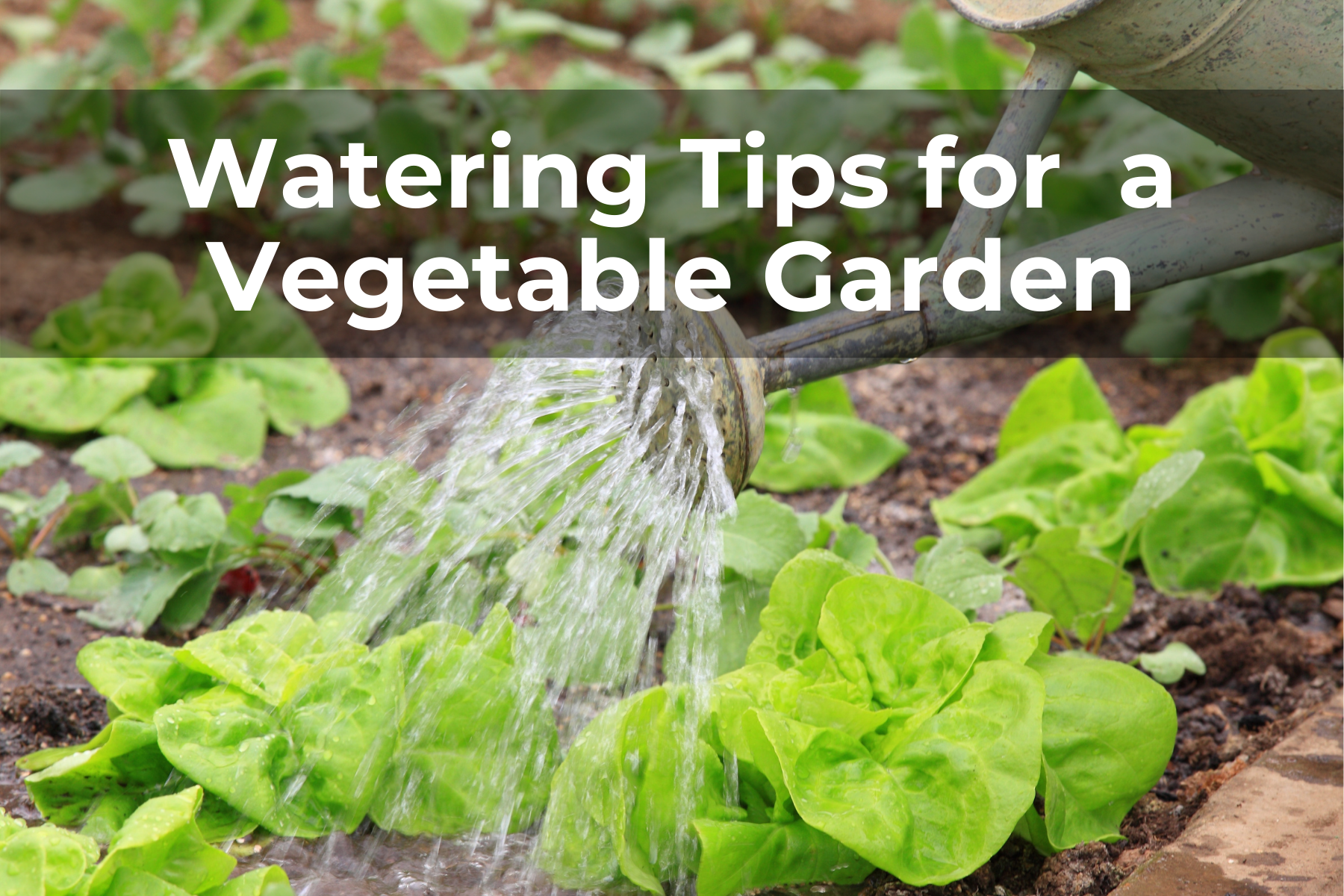Last Updated on April 15, 2024 by Real Men Sow
Water is vital for the optimal growth of vegetables and so these tips for watering will help you a lot. Most vegetables have a water content close to 90 percent. It is just as important to provide the right amount and type of food for your vegetable garden.
Tips for Watering: When to Water?
Seeds
Water according to your crop’s age: Seeds need water to germinate. To encourage sprouting, water lightly and gently after you sow the seed. To avoid wasting soil, water carefully.
Seedlings
Seedlings have shallow, undeveloped root systems. To help roots develop, water seedlings gently and often.
Transplants
To establish root systems, transplants must be watered daily. Roots will recover from transplant shock if they are given regular watering. Every day, give transplants a cupful. Instead of watering the whole garden, water only one plant.
Established Plants
Roots follow soil moisture deep. Allow the soil to dry to 6 inches before watering again. To determine how moist the soil is below the surface, use a trowel. Soon you will be able to determine how much water you need.
Tips for Watering: Water Conservation
Finger Test
The water content of your vegetables can be gauged by the condition of your finger. Your crop is about 3-4 inches below your finger. Your finger should be dry if it comes out dry. If your finger is glistening wet, you can let the soil dry. If your finger comes out just moist with a few flecks of soil, your watering is perfect.
Soil
Two times a year, add one inch of aged compost into your planting beds. The compost can be used to cover the soil or as a mulch or top dressing during the growing season. Organic matter improves soil structure. Organic mulches reduce evaporation, conserve water, and discourage weeds.
Watering Time
Water only when your plants require it. It’s likely that your crops need water if they are looking droopy in the morning. Before the day gets too long, give your plants a good soak. Avoid watering plants in the afternoon or midday as this will cause rapid evaporation. Water at night, when evaporation rates are lowest, is best when the summer is hot and dry.
Wilting
Although it can indicate that plants require water, it can also be misleading. Tomatoes, eggplant, and peppers can wilt in hot climates. To avoid overwatering, check the soil moisture. Water plants if they are weak in the morning.
Over-watering
Too much water can lead to an artificial dependency on water and excessive leafy growth. Overwatering can cause soil to lose the air it needs to breathe. Plant roots could die from a lack of air. Excessive watering can cause plants to become rooted and may also result in soil erosion.
Cultivation
Before watering, lightly cultivate the soil. This will allow water to soak in the soil and not run off. Topsoil can form a crust from rain, overhead irrigation, or hot baking. To capture rain and irrigation, you need to break up the crust.
Basins and furrows
Large plants with deep roots, such as eggplants, tomatoes, peppers, and peppers, create earthen basins. The basin will retain rainwater and irrigation water. To regulate water flow to specific plants, you can use furrows in conjunction with row crops. To concentrate water delivery to plants in crisis, use temporary dams alongside furrows.
Mulch
Mulch is used around crops to reduce evaporation and to choke out weeds that compete with vegetables for water or nutrients. These can be made from grass clippings and leaves, as well as straw, pine needles, straw, or any other organic material. Mulch should be free from weed seeds. Mulch the soil after it has warmed up in late spring, and after it has gotten a good soak.
Harvest
Harvest herbs and vegetables as soon as they are mature. Crops are best when they are at their peak of maturity. It is a waste to water vegetables that are not yet ripe or in decline.
Tips for Watering: Frequency For Specific Crop Families
Bean family
Peas and legumes need little water to the flower. As soon as they start to wilt, water them. Excessive water can cause lush leafy growth and poor flowering. At flowering time, water twice per week and again when the pods start to swell. Insufficient moisture can cause stringiness in beans.
Cabbage family
Regular watering is essential for Brussels sprouts and broccoli, as well as cauliflower, broccoli, and cabbage. These crops should be given a good soak ten to 20 days before harvest.
Fruiting crops
These crops are deeply rooted and will require less watering once the fruit is formed and has begun to develop.
Lettuce and greens
Lettuce, spinach, and other leafy crops require frequent watering. However, only the top 6 inches should be watered. Low-rooted leafy crops. Lettuce is more bitter than spinach and will bolt slower if it is hydrated regularly.
Root crops
Root crops like carrots and turnips require moisture even when they are young and as their roots develop. The soil can become too dry and carrot roots will split, while turnip centers could turn brown.

